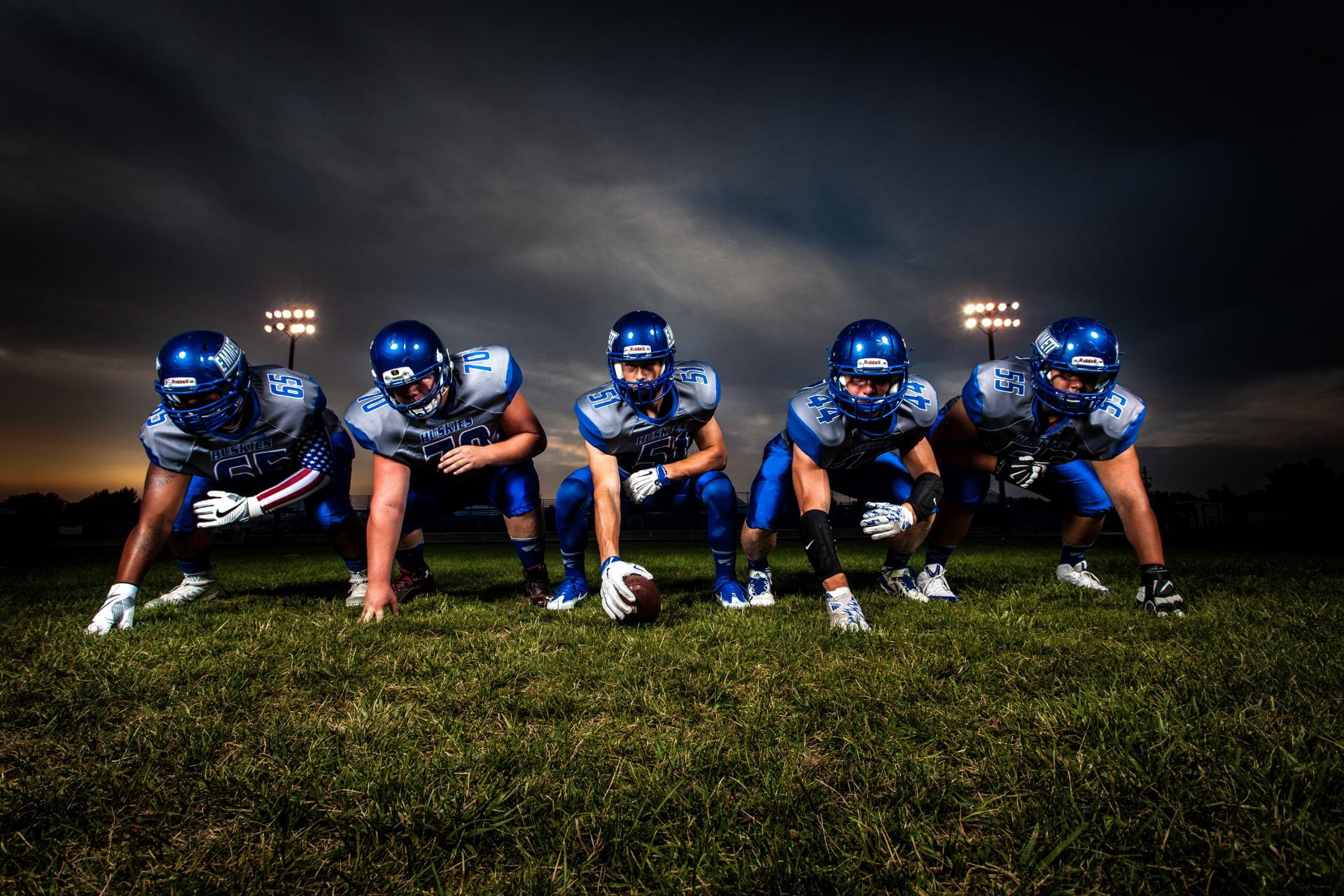It’s no secret that concussions and safety from potential brain damage are of the utmost concern for NFL players. The NFL has been on the receiving end of public stigma regarding the safety of their players the past few years. There was even a movie released in 2015, “Concussion”, that was nominated for a Golden Globe. So in 2016, when the NFL and the NFLPA agreed jointly to provide new safety protocols for concussion prevention, it seemed like a no-brainer. This season, new rules require all helmets to be certified by the National Operating Committee for Standards and Athletic Equipment. There hadn’t been much pushback from players until this month. Namely, Antonio Brown, wide-receiver for the Oakland Raiders and Tom Brady, quarterback for the New England Patriots.
From both players perspectives, their main concern seems to be not only their personal safety but trust in the equipment. Brown has been playing his entire football career with his Schutt Air Advantage helmet. Without getting too technical, Brown’s helmet is too old and fails to meet NOCSAE standards, which means he must either find a new helmet or find a loophole as we’ve seen him try in the news. Now, he is being told he needs to find a new helmet or he won’t be able to play, according to the general manager of the Raiders, Mike Mayock. For Brady, his helmet is prohibited from the league since it was deemed unsafe during testing. The issues both players are facing are from different angles but the same complaints. Brady and Brown both trust their respective helmets. They have kept them safe from hard hits, protected them from permanent damage and for Brady, it has been there for him on the road to each Super Bowl.
That level of trust placed in equipment can’t be so easily replaced, especially if your life and career are on the line. It is true that both of these helmets have aged out and been deemed unsafe by the leagues new standards, but to change something so personal, so important to the confidence and performance of the player without an adjustment period, is asking for trouble. It’s great that there is new technology out there and the league is taking the safety of their players seriously, but this decision should be up to the players themselves. I can understand the reasons why the league is so strict on these guidelines due to the liability aspect if a banned helmet causes serious damage, but if they do get hurt, the league shouldn’t be held liable. In fact, they shouldn’t be held liable in the first place. What if these newly regulated helmets do perform well in tests but not on the field? There can’t possibly be a helmet that can prevent every type of injury and every type of hit. In our world today, we can’t always trust new technology. Take cellphones for instance. The Nokia phone could be dropped off a four-story building and be in perfect condition. Yet with an iPhone, you’re lucky if it doesn’t crack from a two-foot drop. These new and newly permissible helmets are said to be lighter, safer and adaptable to each player. Yet one question still lingers, what is it’s Achilles’ heel? The older helmets were bulky and heavier, but they were dependable and kept players safe from hard hits. As it’s said, newer isn’t always better.
But, I think this is a little bigger than football, even bigger than regulations. If a player gets hurt in a helmet that he doesn’t feel confident in wearing, he may not recover. Even worse, they might not make it home to their families. This is a potentially life altering decision. Players should have the option to experiment with new helmets or stick with the ones they have before the season or practice starts. Players should be able to research and make their own decisions. They know their position and what kind of impacts they face on the field. Their confidence in their helmet should be a careful decision they make without resistance from the league. After all, it’s the player’s life at stake, not a test dummy.


